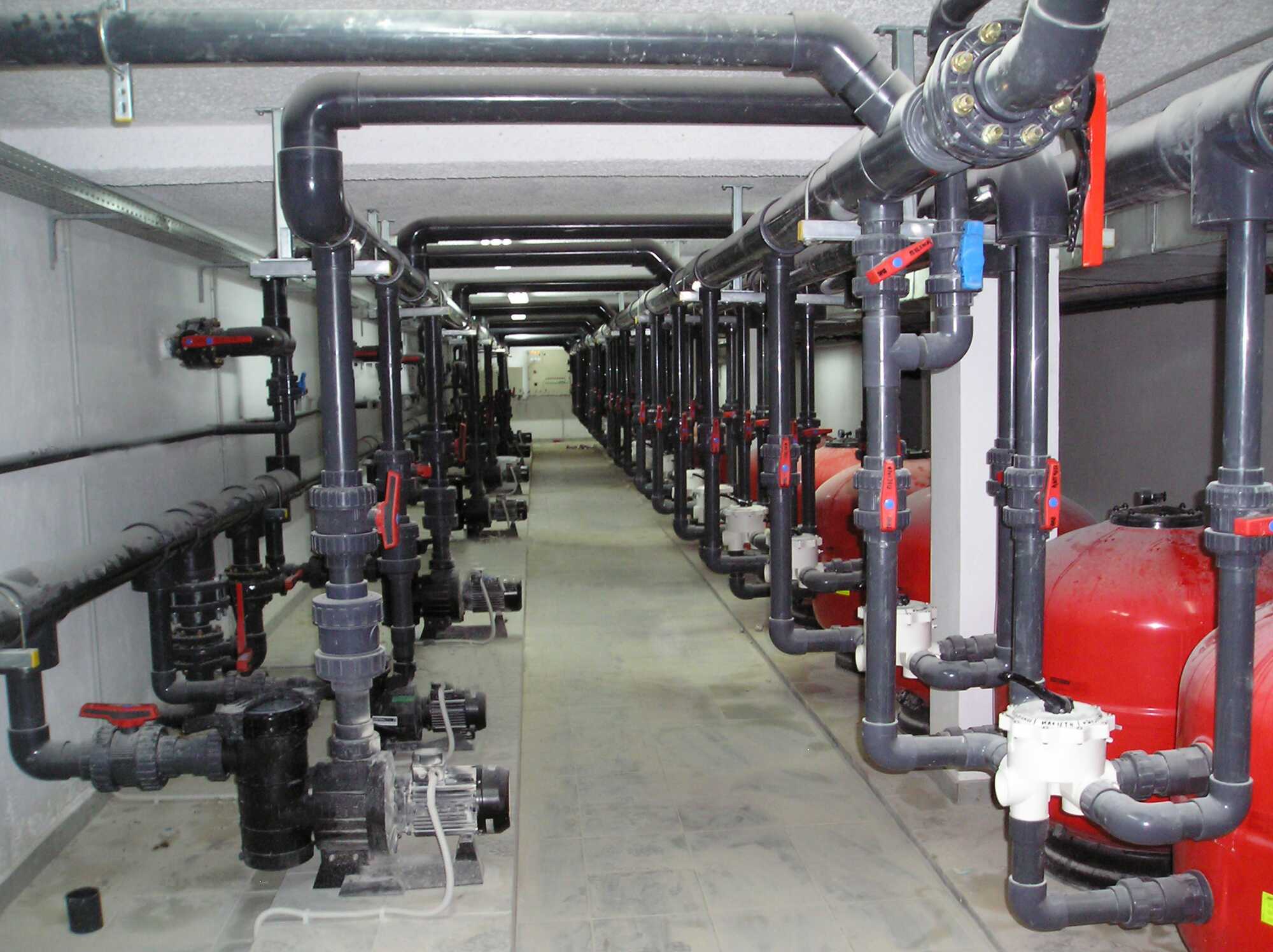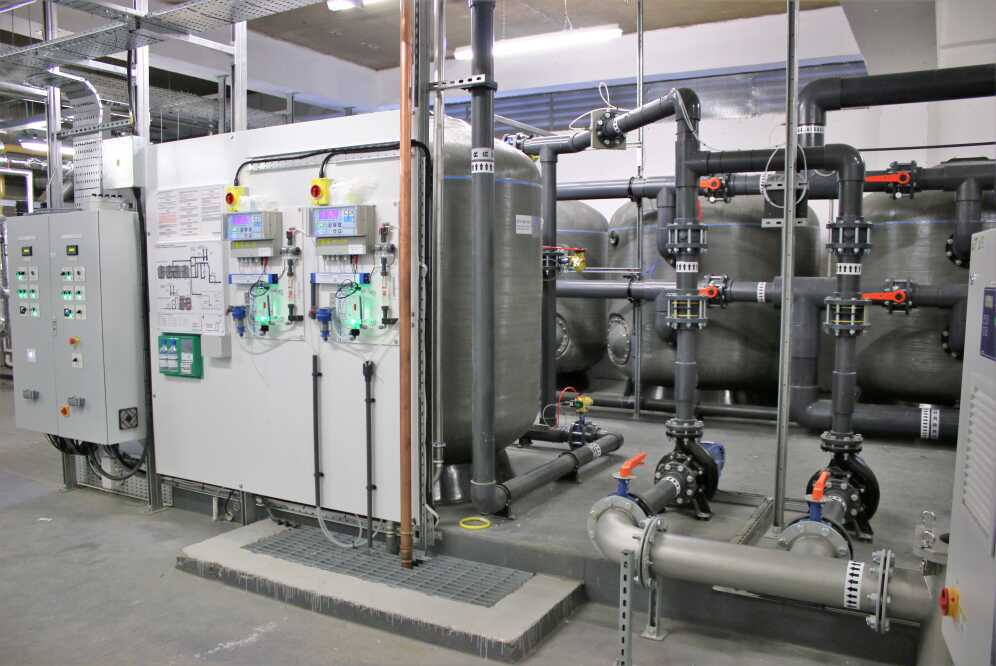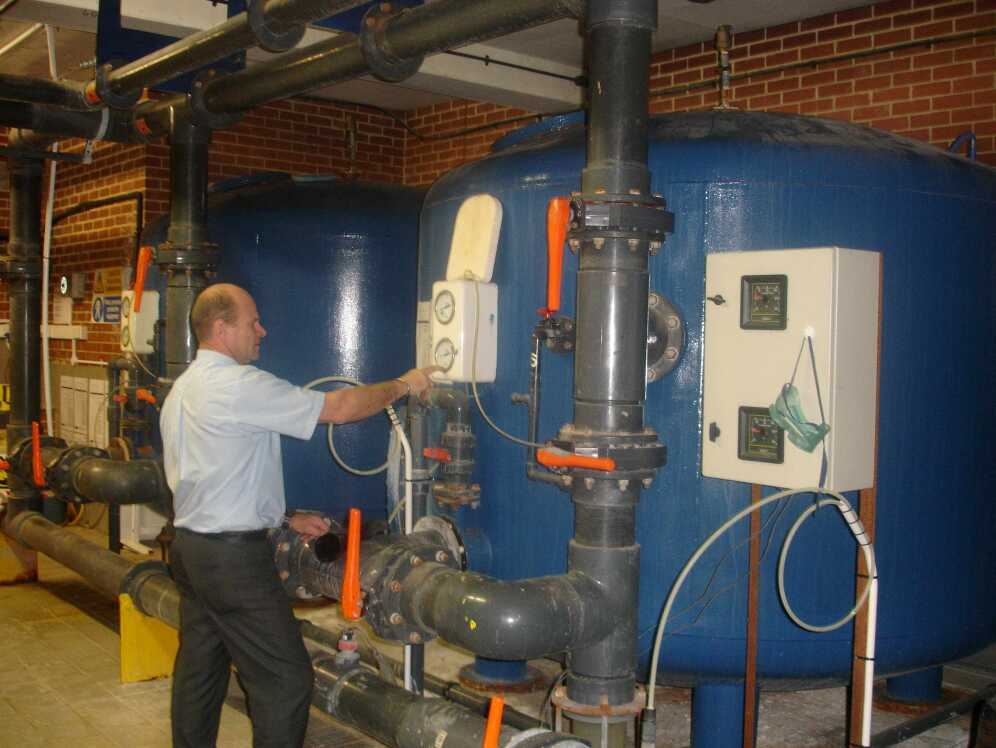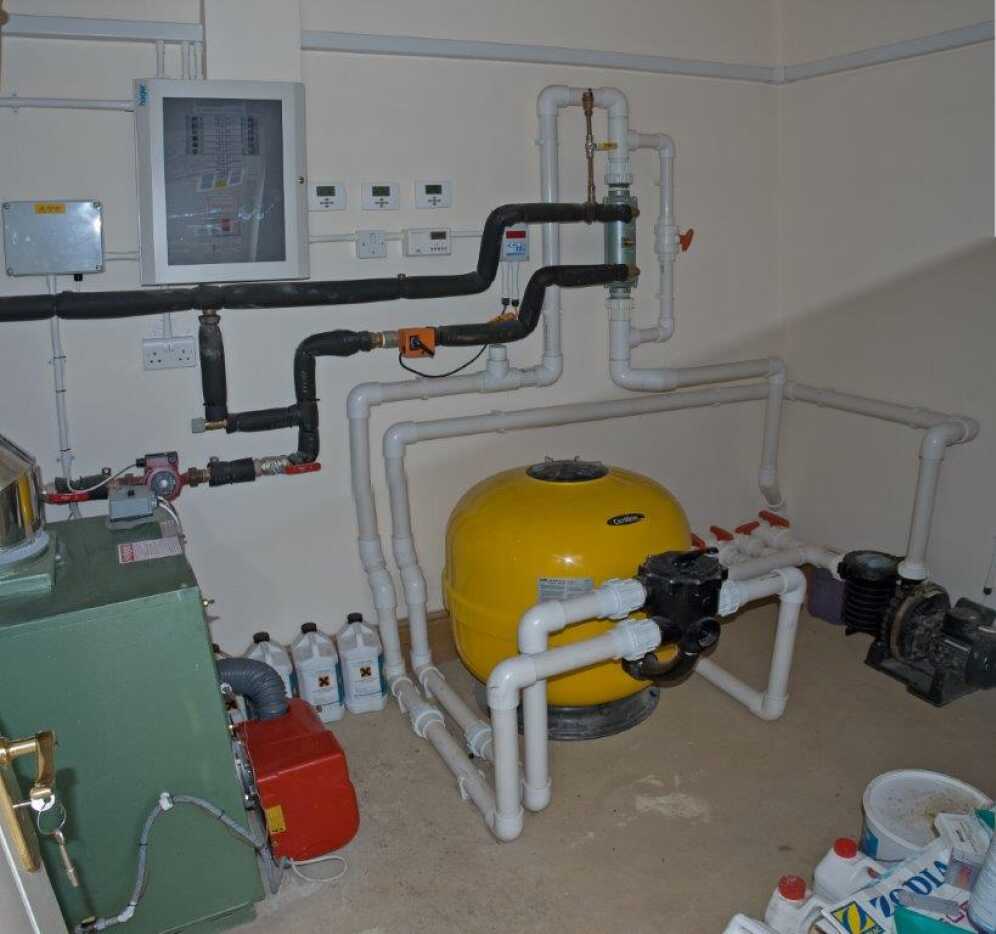Which Filter Media Long-term?

Swimming pool sanitisation is essential to prevent potential waterborne diseases and to ensure that the pool water is clean and healthy. To optimise sanitation and maintain water clarity it is essential to first filter out any organic matter as well as undesirable micro-organisms and other impurities. The more effective the filtration, then there will be a lower demand for chemical treatment whilst effectively removing any potential pathogens. In this blog, we look at the pluses and minuses of different swimming pool filtration methods.

Sand Filtration
Industrial sand, typically known as quartz or crystalline silica, is used to trap unwanted residue from the pool. Sand is widely used because of its density and coarse grain and is also capable of resisting high temperatures. The water passes through the sand, where debris is trapped mainly by mechanical straining, after which the sand media is back washed taking the collected debris to waste.
Currently, SPATA standards (The Swimming Pool and Allied Trades Association) states that sand is the most popular type of filtration system, a method that goes way back to Roman times, but is now used mainly due to ease of installation and initial low cost. However, there is a significant drawback to using sand filtration – regular backwashing is required and this process leads to the loss of many litres of heated and chemically treated water which results in wastage across several areas. The lost water has to be replenished, reheated and chemically re-balanced. So, while the upfront cost of sand may be attractive, the ongoing costs involved in backwashing should be factored into the long-term cost of maintaining the pool.

Zeoclere30 Filtration
Zeoclere30 is a highly efficient filter media and has proven to be an excellent way to reduce wastage generated through regular backwashing – making savings on energy, water, and chemical consumption.
Zeoclere30 handles different temperatures with ease and has a much faster clear-up rate than either glass or sand due to its osmotic properties. Because of its unique properties, Zeoclere30 is able to filter out high levels of concentrated ammonium brought into the pool by swimmers. Zeoclere30 is predominantly used in swimming pools, which are notorious for being affected by high levels of ammonium as Olympic swimmer Michael Phelps said so eloquently! Zeoclere30 removes a remarkably high level of ammonium, meaning that less chlorine is needed, thus reducing potential costs by up to 40%. Zeoclere30 has a purity level of 80-85% and can, therefore, improve water clarity by 60% more than sand filtration.
Further details on Zeoclere30 and its achievements can be viewed here.

Glass Filtration
Newer on the market is glass media filtration. Recycled glass that is crushed and graded works in a similar way to sand filtration, and is being used increasingly for both public and residential pools. On the plus side, glass is durable and is said to be more effective than sand at improving water clarity. But note that the backwashing period will generally be similar to that of sand filtration. In terms of the quantity required for filtration, roughly 80% by weight of glass is needed compared to using sand. Generally, glass filter media is more expensive than other filtration systems, costing roughly 2-3 times more than sand, so the upfront cost is a key consideration. It should also be noted that there have been some industry concerns about some grades of glass returning tiny fragments into the pool water and some products that contained impurities such as odd debris.

Diatomaceous Earth Filtration
In the 1960s Diatomaceous Earth (or DE filters) were the main method of filtration, however, in recent times concerns have been raised about carcinogenic possibilities from handling the product and they have largely been superseded by other media. DE filters are comprised of inert fossils that originate from diatoms, a unicellular form of algae. What is unique about these fossils is that instead of being made of calcium, they are made of silica, just like sand and glass. DE filters can trap underwater contaminants as small as 1 micrometer, and filter down to 5 microns. Despite exceptional levels of clarity in the water and overall high performance, DE can be rather uneconomical in terms of backwashing, as it needs a higher pressure to run than other types of filter media.
Which filter media you choose will depend on individual circumstances and priorities. Regardless of the type of filtration method and the filter specified, ensure that operators are aware of the filter pressure which generally should not exceed 20psi.

